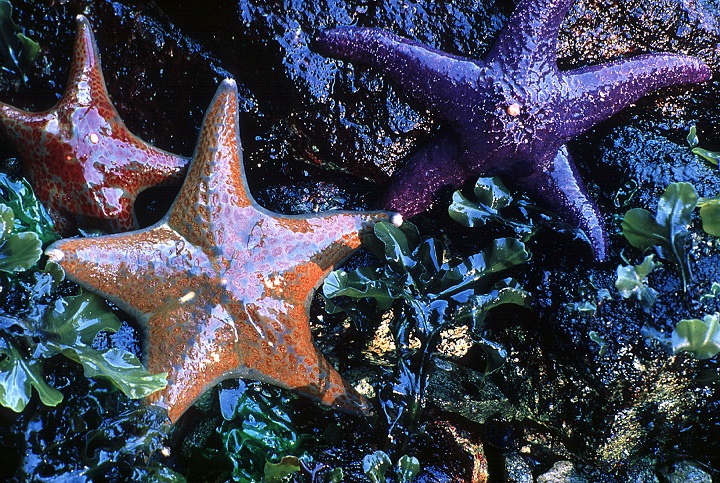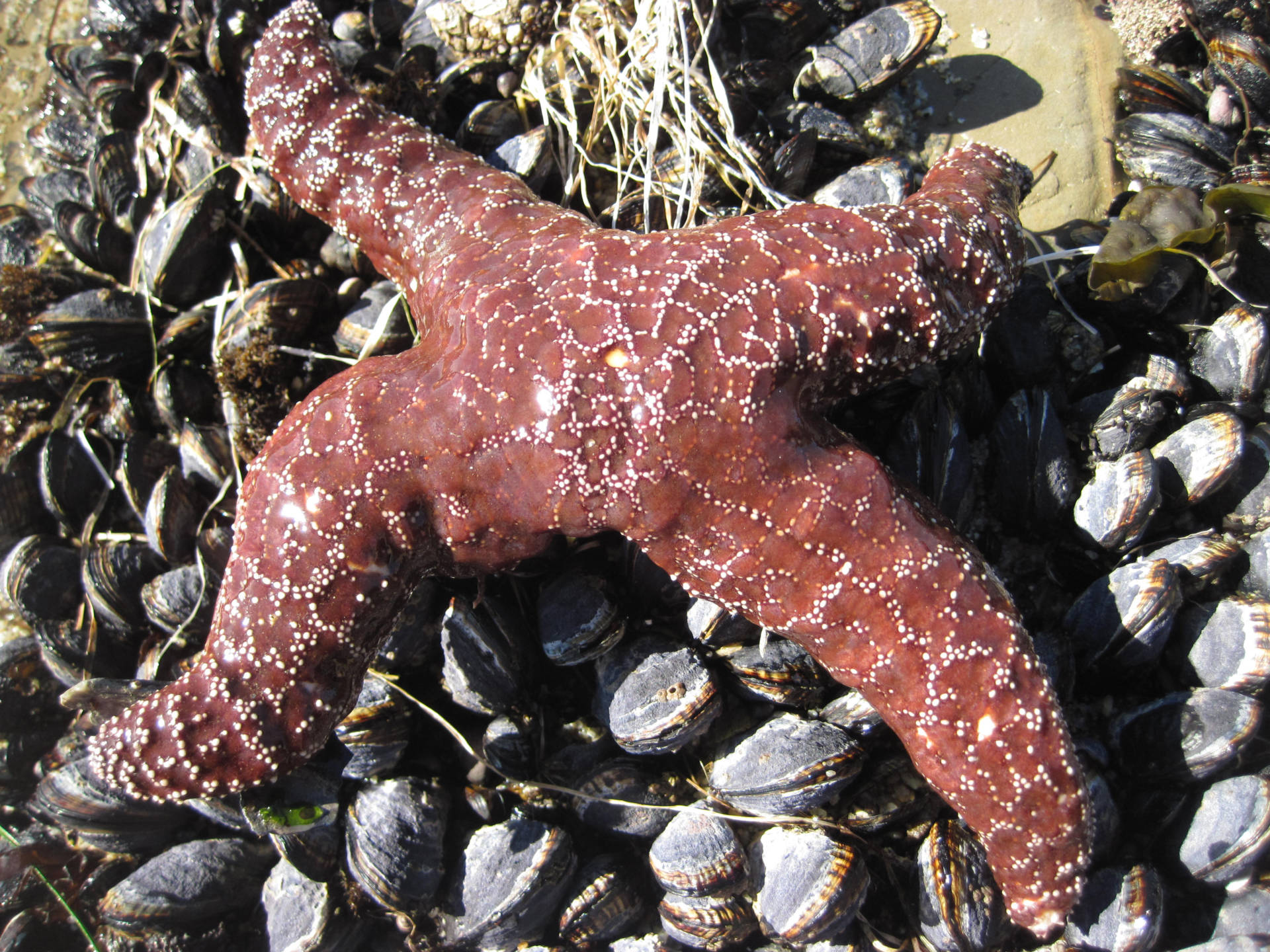Starfish are making a comeback on the West Coast, four years after a mysterious syndrome killed millions of them.
From 2013 to 2014, Sea Star Wasting Syndrome hit sea stars from British Columbia to Mexico. The starfish would develop lesions and then disintegrate, their arms turning into blobs of goo.
The cause is unclear but researchers say it may be a virus.
But now, the species is rebounding. Sea stars are being spotted in Southern California tide pools and elsewhere, the Orange County Register reported Tuesday.
“They are coming back, big time,” Darryl Deleske, aquarist for the Cabrillo Marine Aquarium in Los Angeles, told the newspaper.

“It’s a huge difference,” Deleske said. “A couple of years ago, you wouldn’t find any. I dove all the way as far as Canada, specifically looking for sea stars, and found not a single one.”
